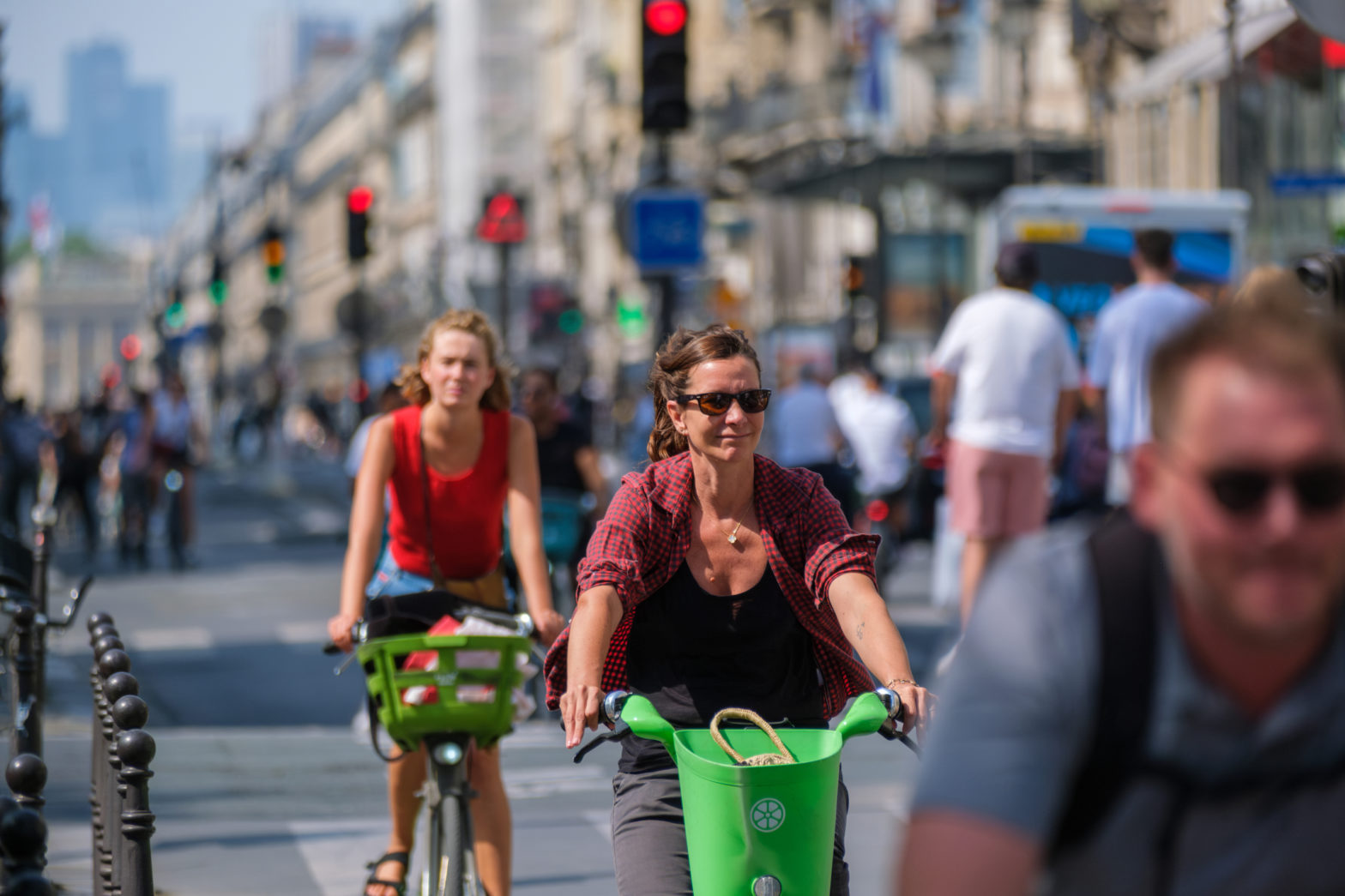
Photo: Sirinarth Mekvorawuth | Dreamstime.com
Call for disaggregated data to improve cities for women
25 October 2022
by Sarah Wray
Better consultation, co-creation, representation and data are among the key things required to make the world’s cities better for women, according to a new report from Arup, the United Nations Development Programme (UNDP) and the University of Liverpool.
Cities Alive: Designing Cities That Work for Women focuses on four themes: safety and security, justice and equity, health and wellbeing, and enrichment and fulfilment.
Urgent action is needed to remove the “gender bias built into cities”, says the report, which is based on a global survey, expert interviews and co-creation workshops, as well as a review of existing literature and data.
“Achieving gender equity is integral to each of the UN Sustainable Development Goals,” commented UNDP Administrator Achim Steiner.
“When cities are largely designed without considering the diverse needs and insights of women of all ages and identities – this can have an adverse impact not only on their lives, but on their families. It restricts their opportunities and negatively impacts the overall sustainable development of societies. Gender-equal cities can generate enormous economic, environmental, political and social benefits.”
Call to action
Major issues identified include sexual harassment in public spaces, which 97 percent of women aged 18-24 in the UK say they have experienced. In addition, one in three women globally don’t have access to adequate toilets. Almost a third of female survey respondents said they feel unsafe in public spaces at night.
The report also notes that women are disproportionately exposed to climate hazards and often face barriers in using green spaces.
Léan Doody, the European Director of Cities, Planning and Design at Arup, said: “We are calling on urban designers and planners to use this report’s recommendations to meet women’s needs in cities now, while working to bring more women into leadership roles.”
The recommendations include designing spaces, lighting and mobility experiences through a safety lens; using digital tools and creative partnerships to raise awareness of safety issues and enable participation; and mainstreaming gender equality in decision-making by establishing policies and taskforces.
Cities are also urged to consider gender equity in areas such as project financing and procurement.
Data
Underpinning many of these efforts is the need for gender-disaggregated data.
The report states: “Cities that collect and use gender-disaggregated data for planning and design get a clearer picture of various groups’ needs and tackle more accurately the many challenges that women face. Data that reflect different experiences based on gender helps cities respond to inequalities and to allocate resources accordingly and equitably.”
Cities using gender-disaggregated data in various ways include Barcelona, Los Angeles, Berlin, San Francisco and Vienna.
“Cities around the world can do more to bridge gender equality [gaps] through gender-disaggregated data,” said Rishi Chakraborty, Sustainable Urbanisation Consultant at UNDP and one of the report’s co-authors. “There are good examples, but we need to make this standard practice to enable gender-responsive design.”
Foundational steps for cities include conducting a women’s local needs analysis, and producing a gender-responsive city pledge and action plan.







